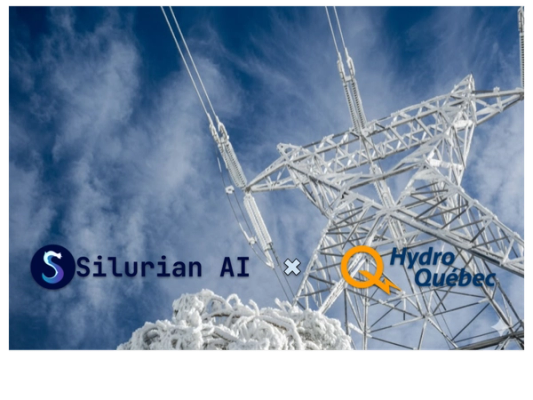Traditional Numerical Weather Prediction (NWP) solves the Navier‑Stokes equations describing fluid flow on a 3‑D grid. It’s a marvel of science, but suffers from four structural bottlenecks:
These constraints traditionally restricted operational high-resolution NWP to a handful of large western government agencies. Commercial entities mostly built secondary value from processing public forecasts rather than running their own operational models.
Foundation models like Aurora and GFT flip the script. Instead of integrating equations forward in time, they learn the mapping from yesterday’s Earth to tomorrow’s by digesting petabytes of satellite imagery, radar volumes, radiosondes, reanalyses, even power‑grid telemetry. Once trained, the model’s weights encode the planet’s weather “grammar”, just like DeepSeekV3 or Base-GPT does for text. The shift from physics simulations to deep-learning inference unlocks a 1000x boost in computational efficiency, dramatically reducing both latency and operational costs. Foundation models can deliver predictions in seconds on GPUs, effectively democratizing access to enterprise-grade forecasts.
More importantly, these models aren't static replicas of traditional NWP outputs; they inherently support multi-modality and specialization. Silurian’s Generative Forecasting Transformer (GFT) exemplifies this by integrating atmospheric, land-surface, and infrastructure data: be it SCADA feeds, outage logs, or sensor telemetry. Operators can easily fine-tune GFT to produce hyper-local, site-specific forecasts that far exceed generalized predictions.

Figure 1: Scaling laws matter. Empirically, foundation model weather forecast skill improves as a predictable power‑law of three ingredients: model parameters, pre‑training compute, and data diversity, mirroring the curves that drove OpenAI’s GPT series. (Courtesy: arXiv:2405.13063)
While there have been a few larger scale AI approaches (e.g., Google’s GraphCast, NVIDIA’s FourCastNet), they train on a single data source and mimic the output of traditional NWP, i.e. they forecast a fixed set of meteorological fields and stop there. If you want to couple atmospheric chemistry for air quality forecasts or maybe want some other vertical specific use-cases like renewable energy generation, decision-makers must bolt on separate models forgoing the intelligence in the latent space of these models.
Silurian’s foundation model, Generative Forecasting Transformer (GFT) is already trained on atmospheric and land‑surface data and is architected to integrate infrastructure layers: be it SCADA feeds, outage logs, hydropower inflows, or extreme event monitoring systems. Through our partnerships with leading energy providers like Hydro-Québec and TotalEnergies, we're actively validating and refining GFT to deliver tangible improvements in energy management and grid reliability. Our foundation model’s coupling ability allows us to deliver physics‑consistent forecasts and downstream impact variables:
In short, GFT doesn’t just guess the weather; it learns the chain of causality from synoptic patterns all the way to asset-level consequences. Fine‑tuning on a few thousand site‑hours produces specialized models without starting from scratch.
Think about a grid operator managing a vast network of energy assets. They already have detailed local information like SCADA telemetry, sensor readings, maintenance schedules. However, traditional forecasting tools don't effectively leverage this localized context. Silurian’s GFT thrives on precisely this local context, dynamically integrating detailed operational data to specialize forecasts at critical locations.

Figure 2: Unified global and local insights with GFT. Global and local observations inform GFT improving forecasts at both global and hyper-local level.
Each piece of local data continually sharpens the model's predictions, converting routine operational information into global forecasting performance improvements. This ability to combine broad global insights with detailed local context transforms decision-making from reactive to proactive.
This is the future of enterprise-grade infrastructure intelligence: global awareness, local precision, delivered swiftly and continuously refined by operational context. If you would like to hear more, you can reach us at contact@silurian.ai.

When rime ice brings down a transmission line, it's already too late. Traditional weather models can't see it coming—they forecast regions, not assets. Our collaboration with Hydro-Québec validates that a weather foundation model like GFT can deliver day-ahead rime-ice alerts with 0.72 average precision, reducing expected dispatch costs while providing operators with actionable 72-hour warnings.
Silurian Team
October 24, 2025

Silurian and Hydro-Québec partner up to train Silurian’s Generative Forecasting Transformer (GFT) on utility-grade grid observation data to capture asset-level details and provide early warnings for catastrophic icing events. These results were recently presented at a CIGRE 2025 keynote.
Silurian Team
October 8, 2025